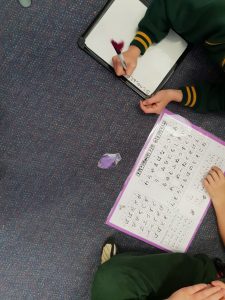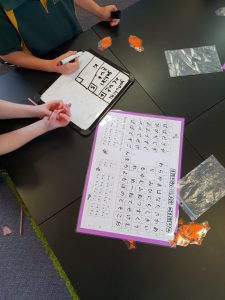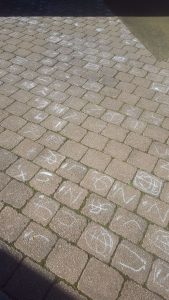みんなさん こんにちは!
We have been having some fun in Junior Japanese over the last week with the year 3, 4 and 5 students by combining our learning of Hiragana within our units with some coding! Students have:
- Figured out the codes for particular Hiragana.
- Found the phonetic sounds of Hiragana after being told a code for specific Hiragana.
- Used our coding place mats to help them read and decipher words written in Hiragana.
- Tested each other by asking about different codes and where to find certain Hiragana.
Students have already seen an improvement in their understanding of our basic Japanese alphabet and are excited to use our coding to help them with the rest of our learning.
Below are some pictures of some of our year 3’s in action!
Coghlan 先生 より。








